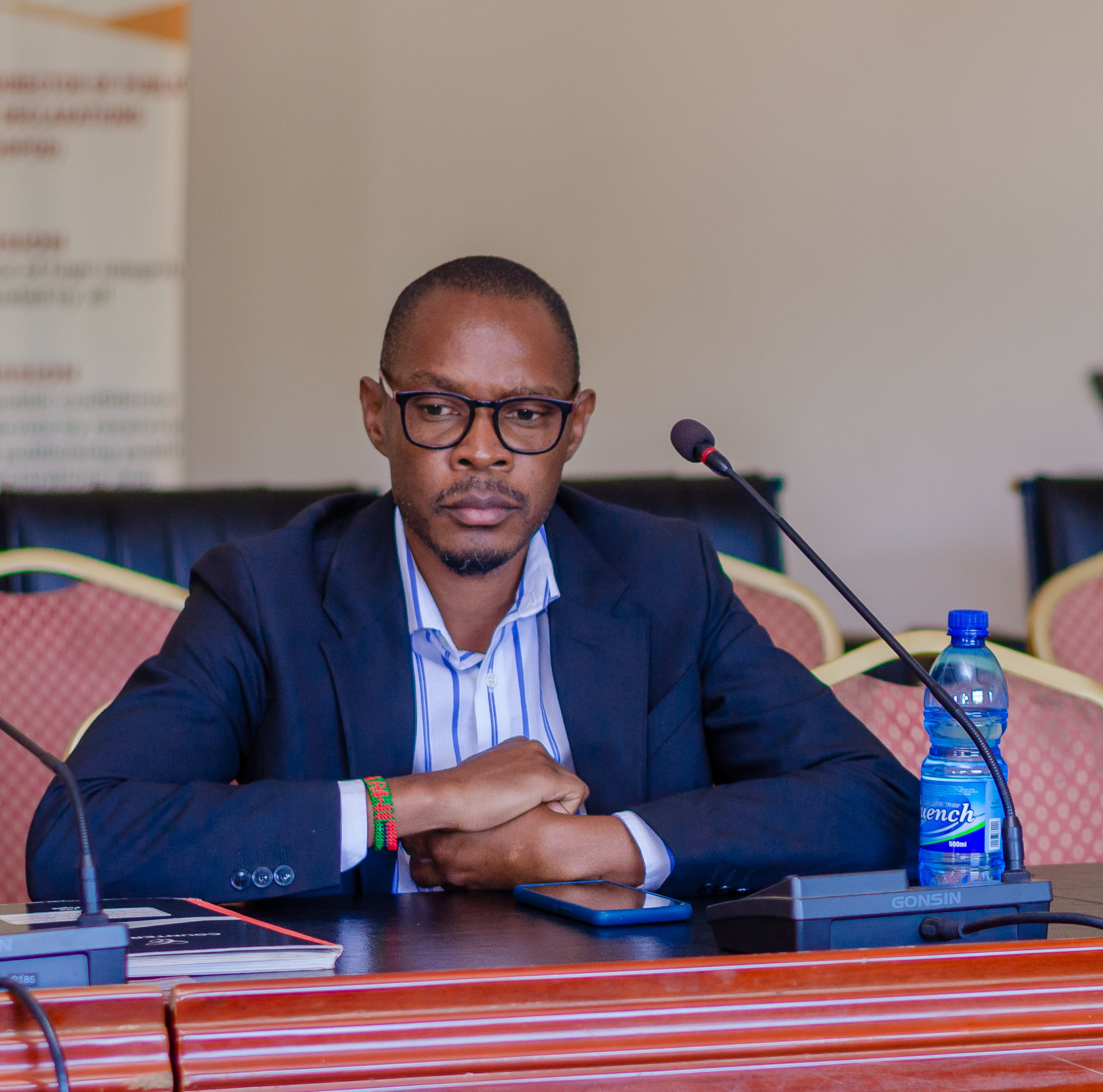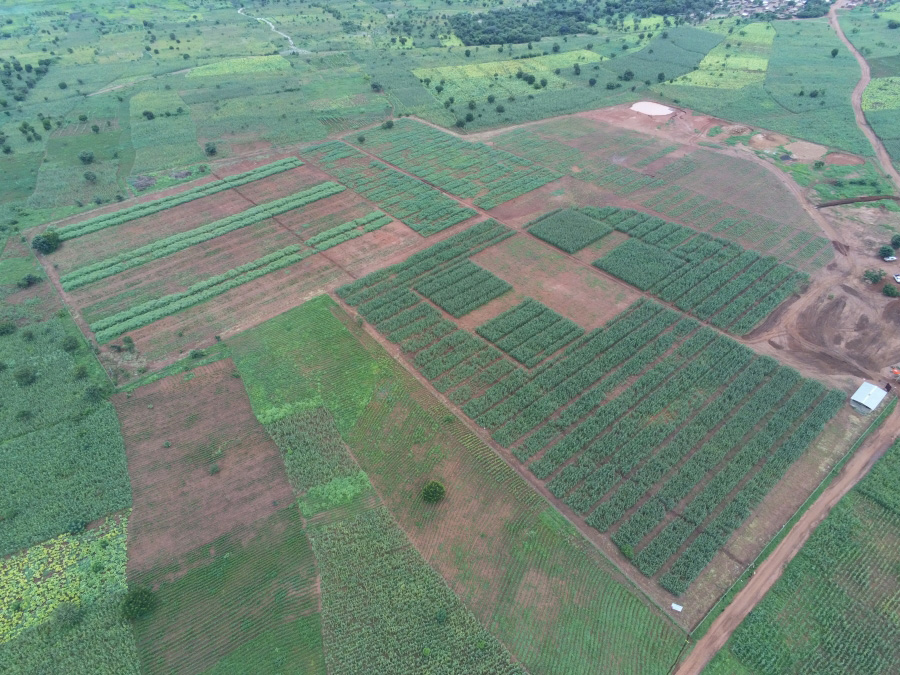Malawi has engaged the Commonwealth Secretariat to provide technical assistance in developing the upstream petroleum sector following encouraging results that have emerged in oil and gas exploration across the country.
Multinational firms are conducting exploration for oil and gas in Malawi focusing on the country’s stretch of the African Rift system, which is an area with proven potential for oil and gas discoveries.
Government demarcated the stretch into six prospecting blocks and awarded Block 1 located in Chitipa and part of Karonga to South African firm EFORA Energy formally SacOilHOldings, Block 2 and 3 in Karonga, Rumphi, Nkhatabay and NKhotakota to Hamra Oil, Block 4 and 5 located further South covering Dedza, Ntcheu, Mangochi, Machinga, Mulanje, Phalombe and Blantyre to RakGas MB45 and Block 6 located in the Lower Shire Valley area to Pacific Oil and Gas.
Results from exploration work by Hamra Oil and RakGas have indicated great potential for oil discovery in Malawi.
“As a nation, we are very excited with the incoming results from oil exploration work being conducted by these tenement holders. The likelihood of finding commercial petroleum discoveries in these potential sites is high with average values in the range of 16.8% – 20%, exceeding the typical international oil industry threshold of 10%,” says Head of Oil and Gas Desk at the Department of Mines in the Ministry of Natural Resources, Energy and Mining, Cassius Chibambo.
Chiwambo says the government has, therefore, resolved to re-engage the Commonwealth Secretariat to provide technical assistance in the development of a regulatory framework that will ensure that there is a win-win situation between Malawi as a country and the investors when oil is discovered.
He says a delegation of the Commonwealth Secretariat already visited Malawi for a scoping mission which was conducted from January 28 to February 1, 2019 as a first step in responding to Malawi Government’s request to provide technical assistance for the Oil and Gas upstream sub-sector.
The Malawi Government, specifically, requested for technical support in the following areas: Review of Petroleum (Exploration and Production) Act of 1983;finalisation of the development of Petroleum Policy; developing a model petroleum sharing agreement (PSA); re-negotiation of the PSA that it signed with RAKGAS; development of a community engagement strategy; and capacity building.
Delegates from the Commonwealth Secretariat led by Victor Kitange, an Economic Advisor and AlacheFisho, a Legal Advisor held meetings with officials from the Oil and Gas team led by Chiwambo who briefed them on the status of the activities in Malawi.
They also met the Minister of Natural Resources, Energy and Mining AggreyMasi and other officials from his Ministry, and also officials from Department of Mines; Geological Survey Department; Ministry of Finance, Economic Planning and Development; Ministry of Justice and Constitutional Affairs; Environmental Affairs Department; National Oil Company of Malawi (NOCMA); Ministry of Foreign Affairs and International Cooperation; and Ministry of Trade and Industry.
“In all the meetings conducted, participants were requested for their inputs in order to make the scoping mission comprehensive enough for successful implementation of the technical assistance,” says Chiwambo.
Some of the issues raised during the scoping mission include the need to have robust environmental management framework as most of the citizens have fears over Oil and Gas exploration and production activities.
It was also observed that there is lack of relevant work experience since the petroleum sector is just new in the country, as such there is need for trainings to enable civil servants and other stakeholders manage the petroleum sector.
“On the issue of reviewing legal framework, it was stressed that the essence is to ensure best practices in the sector so that the country is fully benefiting from the petroleum operations,” he says.
Some of the issues that are being reviewed in the Act include; licensing procedures, PSAs, and environmental management.
Chiwambo says that after the Petroleum Policy is developed, drafting sessions for the Petroleum Act will be intensified and the Ministry of Justice will need some support from Commonwealth.
He explains that though the Petroleum Policy is in the final development stages, the Petroleum Act will address issues stipulated in the policy as such the policy has to be finalized before drafting the new Act.
Previously, the Economic and Legal Section of the Commonwealth Secretariat provided technical assistance for the development of the Draft Petroleum Policy, which started with a situational analysis of the country’s Oil and Gas Sector.
Secretary for the Ministry for Natural Resources, Energy and Mining PatrickMatanda is quoted in the Draft Policy as saying that through this expert analysis, the problems and gaps in the upstream petroleum sector were identified, which assisted in the drafting of the policy.
“The draft policy was formulated through reviewing of policies from other countries particularly those sharing similar geological setting as Malawi, extensive consultations with various stakeholders including other government institutions, local authorities, private oil companies, civil society organisations and the academia,” says Matanda.
Among other grey areas identified in the Draft Petroleum Policy is the failure by the government to recruit the Commissioner for Petroleum Exploration and Production.
The Policy reads: “The current Petroleum (Exploration and Production) Act provides for the Minister for Natural Resources, Energy and Mining toappoint a Commissioner for Petroleum Exploration and Production within the Ministry to administer the Act. The post has never been filled and the functions of this office have been performed by the Commissioner for Mines and Minerals and the Department of Mines.”
“Thus, the oversight, development and delivery of an upstream petroleum policy in Malawi fall within the remit of these offices. But when it comes to the broader energy policy, the Commissioner for Mines and Minerals and the Department of Mines would work with the Department of Energy.”
The Draft Policy also points out the need to clarify the role of the National Oil Company of Malawi (NOCMA) which was established under an Act of Parliament and empowered to promote upstream and downstream petroleum activities.
“There would be need to clarify the exact functions and powers of NOCMA to ensure that they are not in conflict with those of the Geological Survey Department regarding oversight of petroleum exploration,” it reads.
The new law is expected to give NOCMA the mandate to manage government’s interest in oil production investments with preliminary proposals indicating that the parastatal will have at least 20% shareholding in the investments.
In a meeting with the Commonwealth delegation, CEO for NOCMA, Gift Dullah, recommended that relevant personnel from his organization, GSD and Departments of Mines acquire necessary training by, among other things, visiting countries that are doing well in the oil and gas field like Norway and Nigeria.
He said it is important that Malawi works on capacity building in the subsector to ensure the investment decisions are done properly in the field so that adequate returns are accrued for the nation.
Dullah also stressed the need for local content by ensuring that the oil ventures are buying local resources and where possible employing capable local people.
He said NOCMA is, currently, working with Malawi University of Science and Technology to introduce relevant courses in the field of petroleum.
Comsec is also expected to initiate communication with other countries to help in terms of training.
The Draft Policy has a section on local content which it highlights as a path to development through petroleum activities in addition to a sound fiscal regime that ensures sufficient revenue collection.
“Oil and gas companies, when purchasing goods and services for their operations, should be required to give first preference, at comparable quality, delivery schedule and price, to goods produced locally and services provided by Malawian citizens, or businesses, subject to technical acceptability of the relevant goods and services in the country,” reads the Policy.
It also calls for the participation of Malawians and Malawian companies in oil exploration, exploitation and related sectors.
The Policy provides opportunities for local companies to buy stakes in oil ventures and NOCMA to buy additional shares in the oil investments.
The Draft Policy also recognizes the need for the oil companies to carry out corporate social responsibility (CSR) programmes and sign community development agreements (CDA)with the communities in their respective project areas.
The Policy statement reads: “Government shall include CSR and CDA requirements in all contracts and in the petroleum legislation, encourage CDAs between the oil companies and affected communities, consider CSR history of companies when awarding contracts and encourage the participation of civil society organisations in oil exploitation issues.”
It says government shall also train or hire monitors to oversee the fulfillment of CSR and CDA obligations, impose stiff penalties for non-compliance, and engage international experts in the development of minimum requirements for CSR and educate local communities on the companies’ responsibilities.
In the drafting session, the Ministry will need capacity in the following areas; legislation drafting or second eye, vetting of the drafted legislation, and contract negotiation.




































